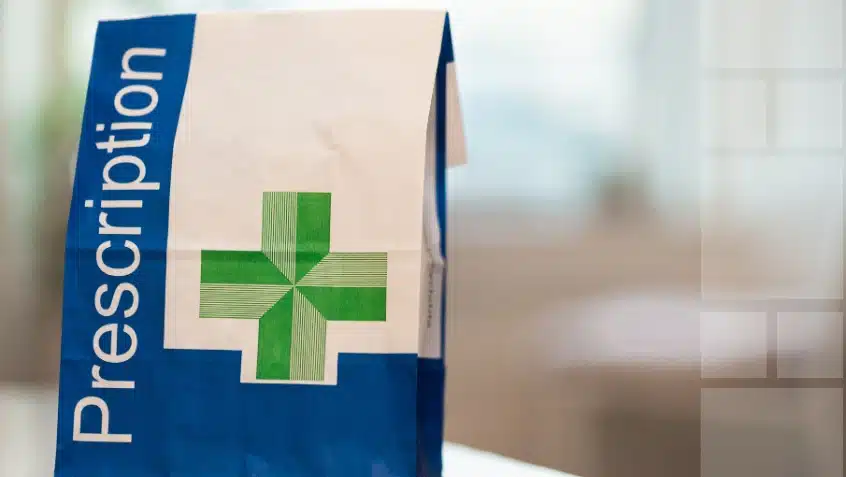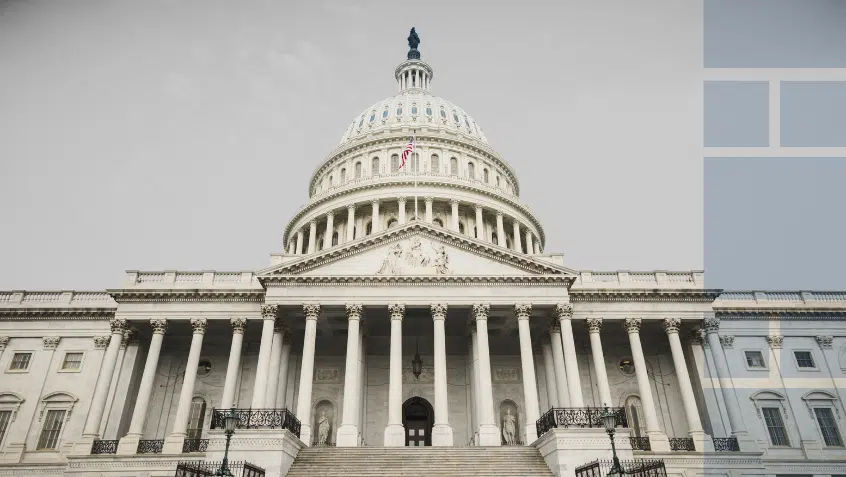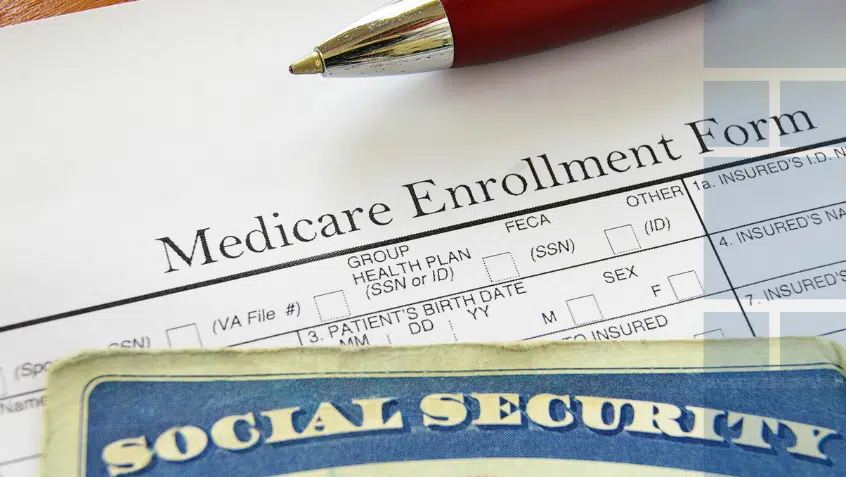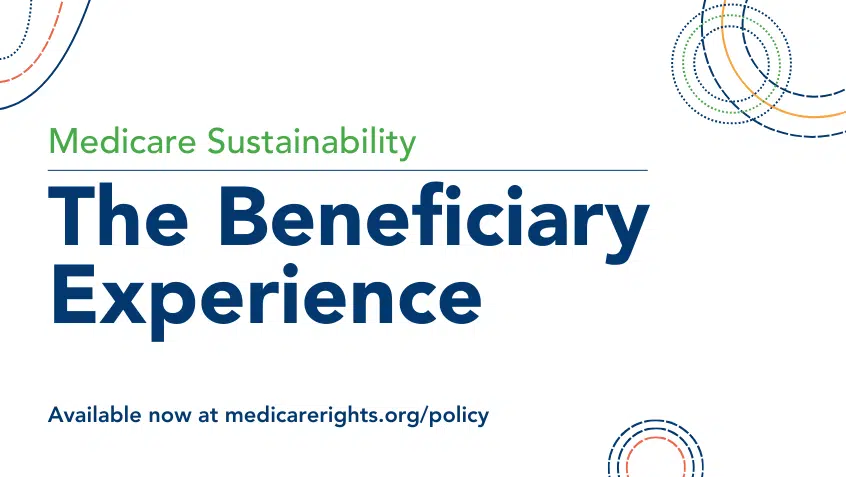Join Us Live for a Discussion on Medicare, Democracy, and the Future of Health Care
Proposed Rule Might Reduce Out-of-Pocket Drug Costs for Some People with Medicare

Last week, the Centers for Medicare & Medicaid Services (CMS) released a new proposed rule that would require Medicare Part D prescription drug plans to change the way they calculate drug prices and to pass certain savings on to consumers at the pharmacy counter. These changes would likely reduce out-of-pocket costs, on average, for people with Medicare drug coverage, but by how much is unclear.
Currently, Part D plans negotiate with pharmaceutical manufacturers over how much they will pay for the products they agree to include on their list of covered drugs, known as a formulary. Plans use these numbers, called the negotiated price, to determine how much beneficiaries will pay out-of-pocket.
But the plans then take further actions to reduce their costs—savings they rarely pass down to enrollees. They demand price concessions from the pharmacies who provide the drug, reducing what they ultimately pay. Meanwhile, beneficiaries are stuck paying a portion of the higher “negotiated price.” CMS estimates that less than 2% of plans pass through any price concessions to beneficiaries at the point of sale.
These arrangements, known as price concessions, are growing rapidly. CMS estimates that in 2010, pharmacy price concessions accounted for about $8.9 million, or 0.01%, of total Part D drug costs, while in 2020, they accounted for about $9.5 billion, or 4.8%, of total costs.
As a result, the difference between the negotiated price and what plans pay is widening, and negotiated prices are increasingly inaccurate as a gauge of drug costs.
In its new rule, CMS proposes to begin to correct this by requiring plans to include all pharmacy concessions in the negotiated price calculation and to require plans to pass through concessions to beneficiaries at the pharmacy counter. The agency estimates this would save beneficiaries $21.3 billion over 10 years. In addition, it would remove a current incentive that makes it more profitable for plans to prefer higher-cost drugs—and higher negotiated prices—when pharmacy concessions are based on a percentage of the cost.
While these changes would be likely to reduce out-of-pocket costs for people who use prescription drugs, they are also likely to increase Part D plan premiums. Currently, plans often choose to use some of the money they reap from price concessions to reduce premiums. As people shop for plans, they may struggle to compare their out-of-pocket costs to find the best coverage for their circumstances and may rely solely on premiums that do not tell the whole story.
At Medicare Rights, we are cautiously optimistic that this proposed rule would help reduce out-of-pocket costs for people with Medicare drug coverage. We think the increase in transparency and reduction of incentives to increase negotiated prices will ultimately slow the growth in drug costs. But policymakers must do more to rein in drug prices and limit out-of-pocket spending. We will continue to urge Congress to allow Medicare to negotiate drug prices and to cap costs for people with Part D.
Show Comments
We welcome thoughtful, respectful discussion on our website. To maintain a safe and constructive environment, comments that include profanity or violent, threatening language will be hidden. We may ban commentors who repeatedly cross these guidelines.
Help Us Protect & Strengthen Medicare.
Donate today and make a lasting impact.
The Latest
Most Read
Add Medicare to Your Inbox
Sign up to receive Medicare news, policy developments, and other useful updates from the Medicare Rights.
View this profile on InstagramMedicare Rights Center (@medicarerights) • Instagram photos and videos









